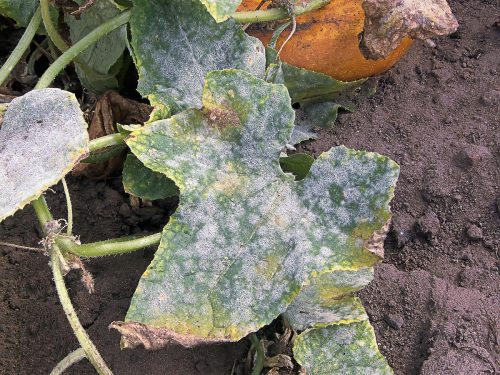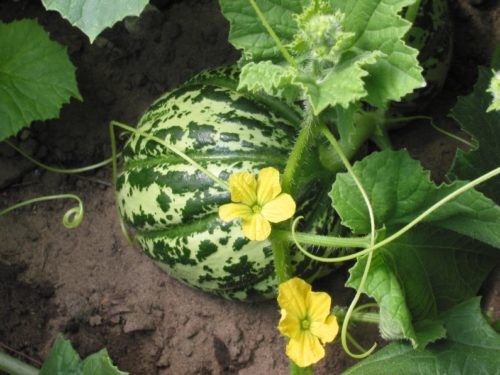Melon: There are several varieties of melons: Galia melons, Cataloupe melons, honey
You are viewing the mobile-adapted version of the page.
The one for tablets, laptop and desktop also provides general information, such as origin and cultivation.
Melon, there are several varieties of melon: Galia melons (Cucumis melo var. reticulatus), Cataloupe melons (Cucumis melo cantaloupe), honey
Melons come from Africa. They need warm soil to develop. Sow and plant out only in late spring (late May, early June). Melons need temperatures of 18°C to 35°C and lots of sunlight. Choose a sunny spot with good drainage. Plant one plant per square meter.
Melons need a lot of water, but avoid overwatering; that prevents the formation of fungi. Therefore, do not pour water on the leaves. Therefore, do not pour water on the leaves.
Prune off the excess side shoots. This way the melon plant is better aerated and fungi don’t stand a chance. Remove melons that are too small or misshapen.
Melons grown from seed can be harvested after + 120 days; melons from seedlings are already ripe after + 80 days.
Bugs
Leaf is eaten away: snails, especially by snails and slugs.
Deformed leaf: aphids.
Fungi & diseases

White spots on leaves; growth retarded: Powdery mildew (Ascomycete strain).
Lower leaves turn yellow, plant wilts because the roots can no longer absorb water: infestation by Black root rot of cu
Plant wilts and leaves turn yellow on one side. White (sometimes pink) fungal fluff develops on stem and tendrils: Fusarium wilt (Fusarium oxysporum).
Wet, rotten spots at the bottom of the stem: Fusarium foot rot (Fusarium solani).
Yellow-green, circle-shaped spots on leaves; serpentine lines: Cucumber mosaic virus (CMV).
Other
Apply crop rotation: no more than four years in the same place. This way you prevent damage from soil fungi. Avoid a place that is too humid because mildew thrives in high humidity.

